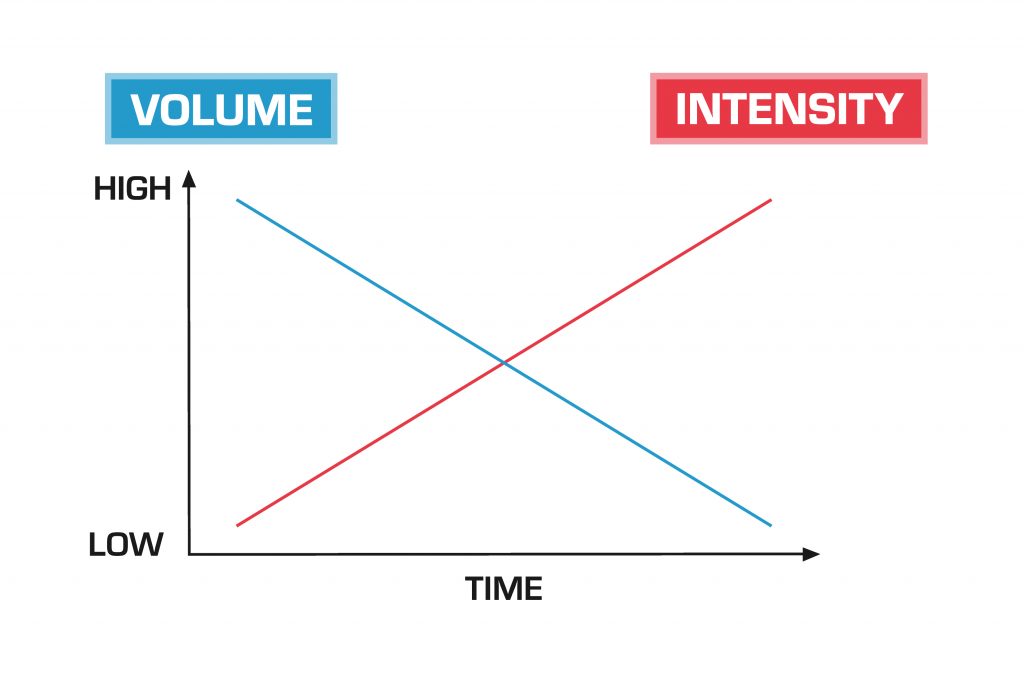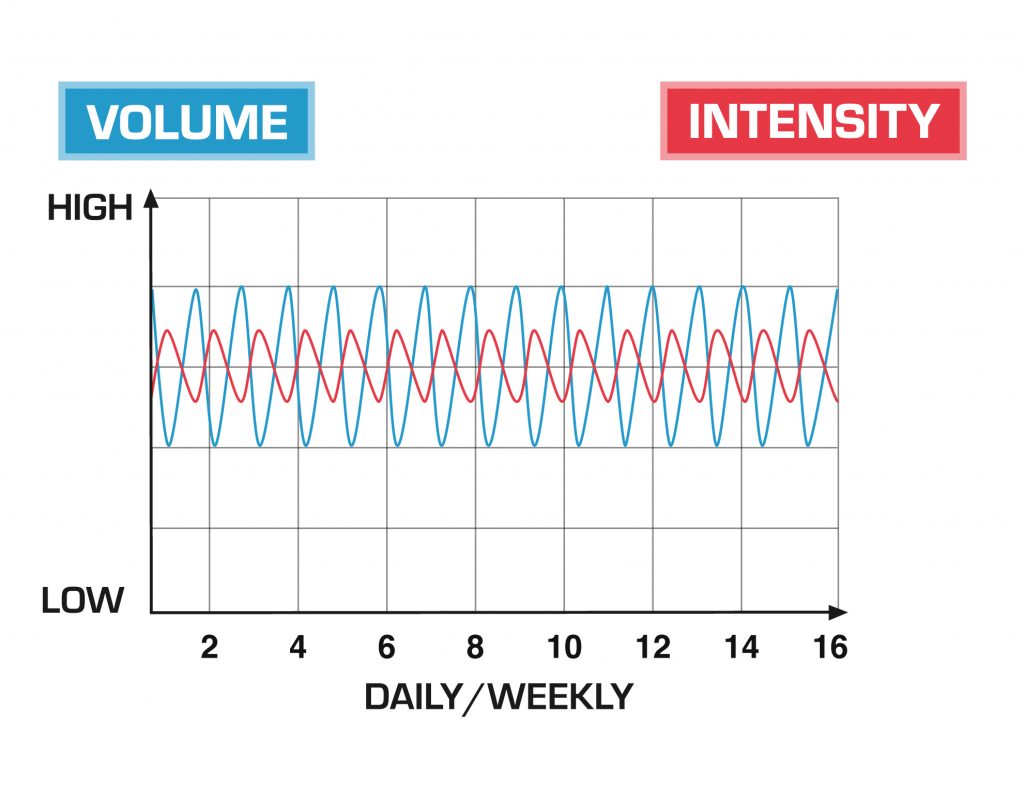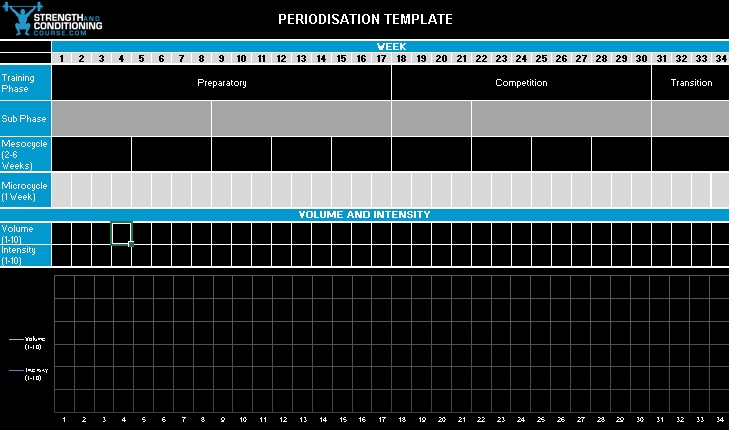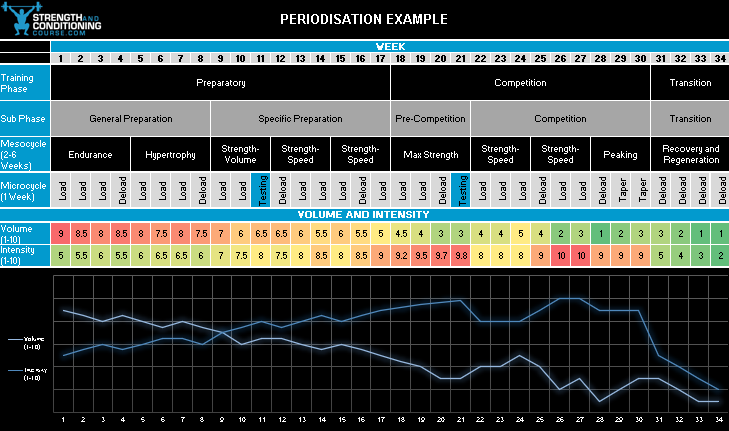INTRODUCTION
In recent years the health and fitness industry has boomed. Gyms are opening up on every corner and the average Joe is taking their training far more seriously.
This is of course a good thing. However, with a greater variety, volume, frequency and intensity of exercise, there is going to be a higher prevalence of injury.
This may sound counter intuitive as training is supposed to promote health and fitness, and of course it does. However, training by definition is physical stress and physical stress can lead to acute and overuse injuries. Lets face it, you are not going to strain your hamstring or overwork your rotator cuff while sat on the sofa, but an inactive lifestyle will lead to reduced muscle mass and bone density, a greater risk of obesity, metabolic diseases and a whole host of other ailments.
Although physical training is great, injuries are massively on the rise and more often than not, these injuries are a result of substandard training that is far from providing great results, let alone high performance.
So, what is the solution?
It’s pretty simple, program the training you are doing. This can be as simple as putting a little more thought into the training sessions or fitness classes you are going to be attending that week, and considering what rest days you should have.
Considering and making small adaptations to the frequency, intensity, volume and type of exercise you are doing will allow you to achieve much more while keeping injuries at bay. However, we don’t just want to achieve more, we want to achieve the highest results possible and this is where an in-depth understanding of Programming & Periodization is absolutely essential.
What is Programming & Periodization?
Periodization is the systematic development of progressive cycles or blocks of training that aim to elicit peak performance at a specific time – we will look at this in more detail later in the article.
Programming on the other hand, is the development of the training sessions within these cycles or blocks.
Remember, having a plan is absolutely vital – even the most basic of plans is better than no plan!
PROGRAMMING 1O1
Anyone can write a program or workout that on paper looks like it would push someone hard and make them stronger or fitter. Where the real skill come in, is writing a program that elicits the highest levels of performance while keeping the individual injury-free and in good spirits – stimulate not annihilate.
It is not just about physical health, we also want to promote good mental health. Monotony is one of the biggest killers of motivation and a program that just beats an athlete down will not only overwork the body, it will overwhelm the mind.
The diagram below illustrates this principle perfectly. We want the athlete to be as high on the bell curve as possible, the higher they are, the greater the results. However, if the athlete starts to venture over the peak, there is a risk of overtraining and injury.
Of course it is absolutely fine to venture over the peak now and then, especially if adequate recovery is programmed in. But if an athlete ventures too far over the peak, the journey back to the right side of the curve can be a long one i.e. Rehab.
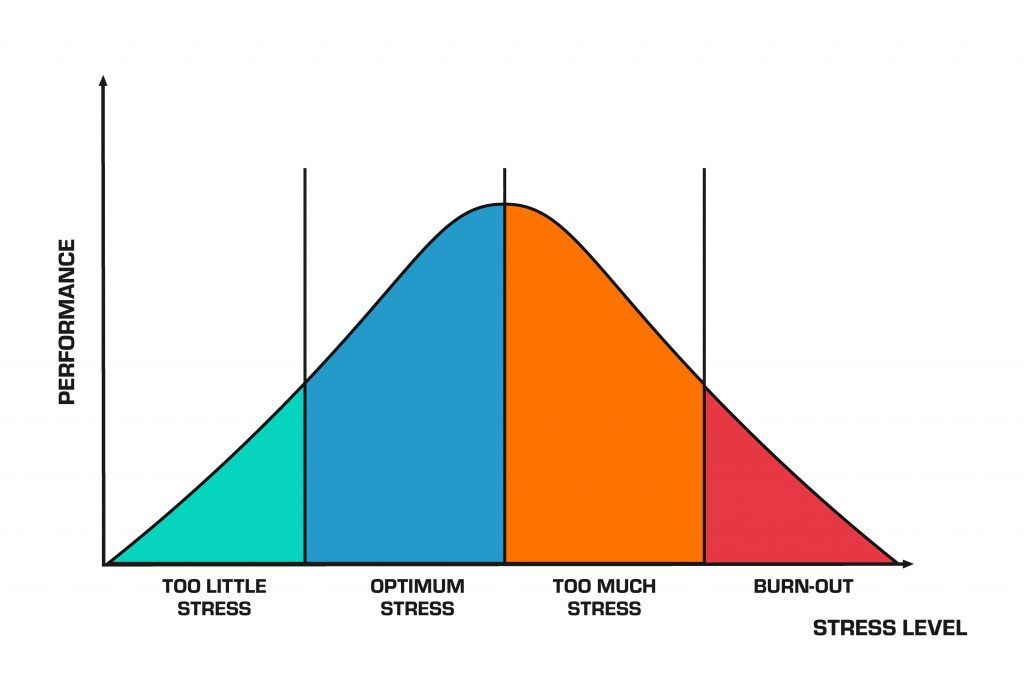
Remember, Progressive Overload is absolutely key (training needs to get progressively harder), if you find you keep getting niggles and injuries, you are likely over-programming.
We see injuries when there is a sudden spike in frequency, volume and intensity. When there is too much frequency or volume (or both), we often see overuse injuries like tendinopathy, and when there is a sudden spike in intensity, we often see acute injuries like muscle strains.
Don’t be afraid to push your training hard, but ensure there is adequate recovery!
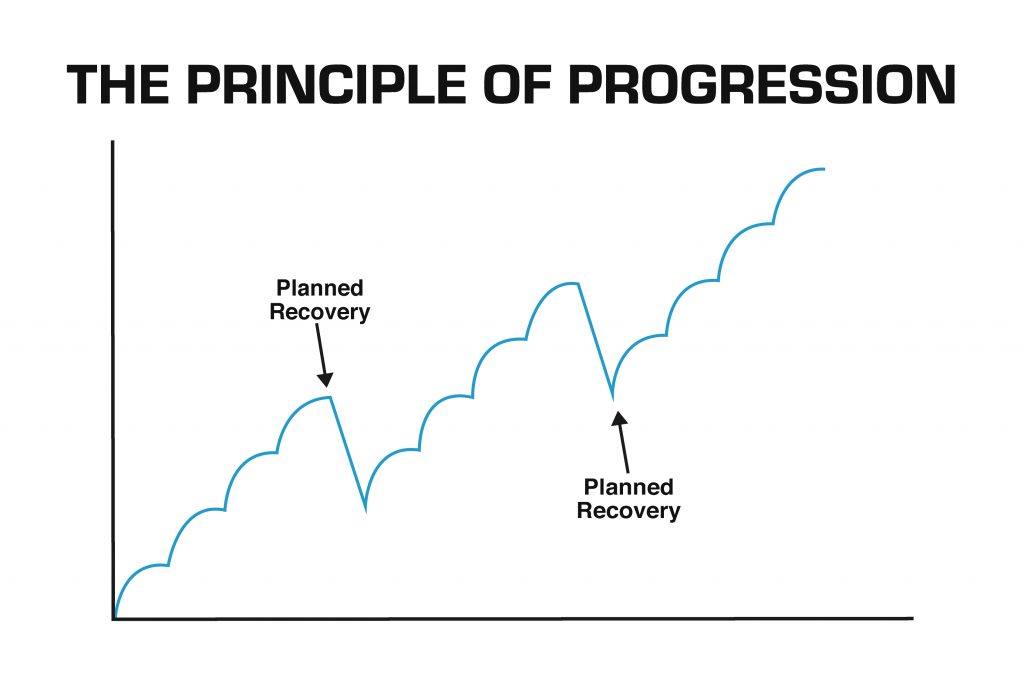
THE NEEDS ANALYSIS
When it comes to being able to program optimal training sessions there are a few things you need to consider:
- What is your aim – what performance quality (or qualities) are you looking to improve? (Max strength, acceleration, aerobic capacity etc).
- How fatigue sensitive is the quality – when should it be trained during a session?
- What are the most effective training methods for developing the quality?
- What are the optimal training loads for that quality – frequency, intensity and volume?
- How much recovery is optimal?
Not only do we need to have an in-depth understanding of the various performance qualities, we need to understand the athlete’s individuality – no two athletes are the same or respond in the same way.
This brings us to the Needs Analysis, which is a 2-stage process that includes an evaluation of the sport and an assessment of an athlete.
When evaluating the sport, we need to:
- Evaluate what movement patterns are common in the sport.
- Evaluate what demands are placed on the athlete or different positions – distances covered in a game etc.
- Evaluate what the strength, power, hypertrophy, muscular endurance, metabolic, speed, agility and mobility requirements of the sport are.
- Evaluate the common sites of injury.
When assessing the athlete, we need to:
- Assess their age, gender, somatotype and anthropometrics.
- Assess their current injury status and injury history.
- Conduct tests (health screening and fitness tests) to evaluate the athlete.
- Analyse test results and compare the scores to previous ones, team mates or normative data.
- Based on results and comparisons, decide what an athletes training priorities should be – goal setting.
In the triangle below, where would you place different sports and where would you place yourself or the athletes you are working with?
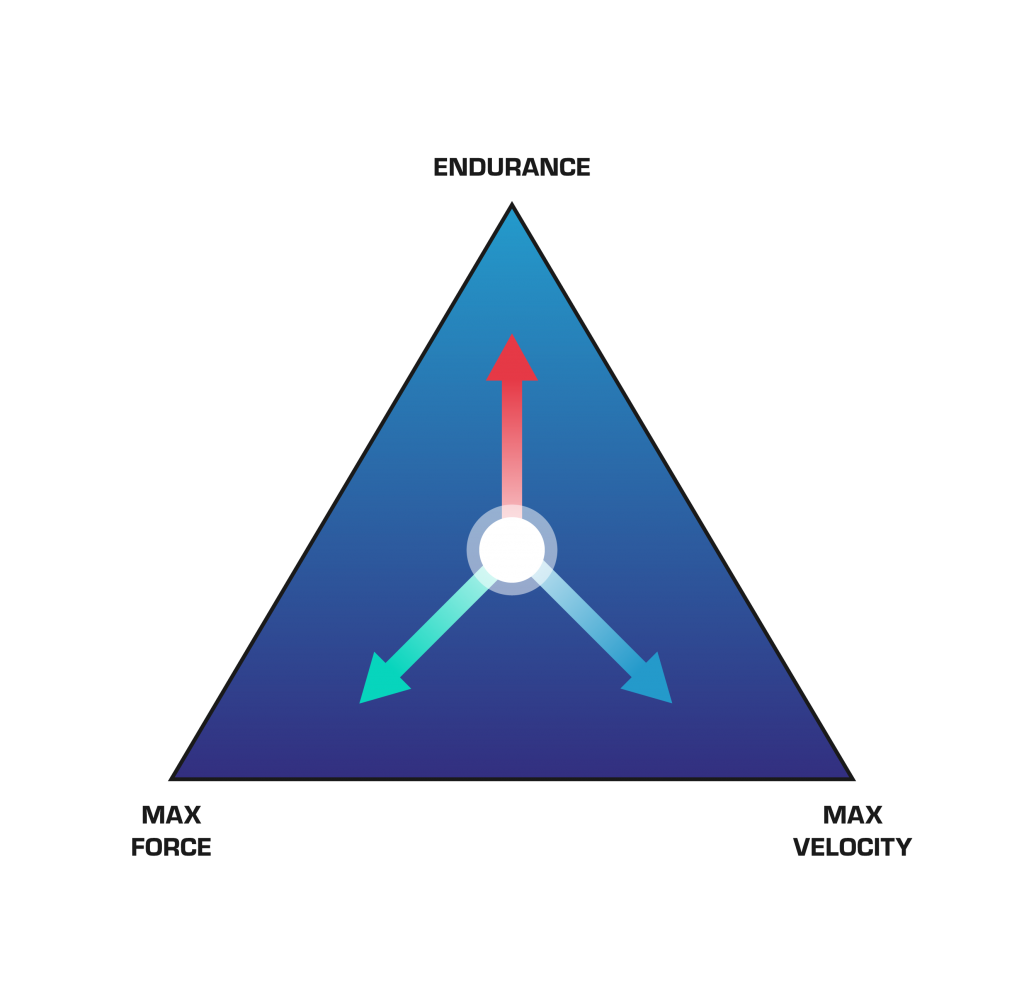
Once we have carried out an initial analysis, conducted fitness tests, analysed the results and set goals, it is time to get into the programming. However, we don’t just jump into programming individual training sessions and training days, we take a look at the big picture and that is Periodization.
PERIODIZATION
Periodization generally looks at an annual training plan i.e. A full year of training (a quadrennial cycle is 4 years). Although much can happen in a year and many adaptations WILL be made, when it comes to athletes who have specific goals throughout the year, it is well established that creating a structured plan is key to success. This is true for athletes at all levels, from recreational, hobbyist athletes to world class professionals.
This plan doesn’t have to be incredibly complicated, it is there to create a framework that works for the athlete and their year ahead. However, there are a number of periodization models or strategies that have been developed by world renowned sports scientists and coaches dating right back to the 1960’s in Soviet Russia – the likes of Matveyev and Verkhoshansky who are considered to be some of the founding fathers of periodization.
90-95% of what we do should be the basics done extremely well. Tried and tested methods that have been proven to get results year after year and decade after decade. This is why if you want to achieve the highest results, you need to study these methods and understand them in great detail – the other 5-10% can be used to incorporate new methods or something that is a little different to what has been tried previously.
At SCC, our number 1 aim is to take advanced concepts and explain them in a clear and concise way. Unfortunately semantics is ever present in strength and conditioning, and the academia surrounding the sports science. Therefore, we cut away the fat and define the key principles that are absolutely necessary for those that are working on the ground in the real world – the coaches, personal trainers, athletes and fitness enthusiasts.
We concentrate on 3 key periodization models:
- Traditional (Linear).
- Undulating.
- Block.
In short, the traditional model involves a gradual increase in intensity and decrease in volume over the course of a training plan. The undulating model undulates intensity and volume throughout the plan and the block model splits the plan down into small blocks of hyper-focussed training goals.
What model is right for your athlete and their sport?
Ultimately it is up to you. You need to understand the pros and cons of each and create a strategy that you believe will elicit the highest results – it may consist of a mixture of all 3.
In our Programming & Periodization course we have an excel tool download which allows you to play with volume and intensity across the duration of a training plan – volume and intensity are the primary variables we modify.
CONCLUSSION
Programming and periodization truly is the glue that sticks everything together. However, in order to become a strength and conditioning expert, a coach needs to specialise in a variety of fields.
This is why we have created the BIG 8:
- Programming & Periodization.
- Warming Up.
- Strength Training.
- Ballistic Training.
- Olympic Weightlifting.
- Plyometrics.
- Speed & Agility.
- Metabolic Conditioning.
We consider these areas the 8 Pillars of Strength and Conditioning, and completion of each individual course gains you your SCC Badge in that specialism. From there, gaining all 8 Badges allows you to apply to become Strength and Conditioning Course Accredited and gain your SCCA Badge!
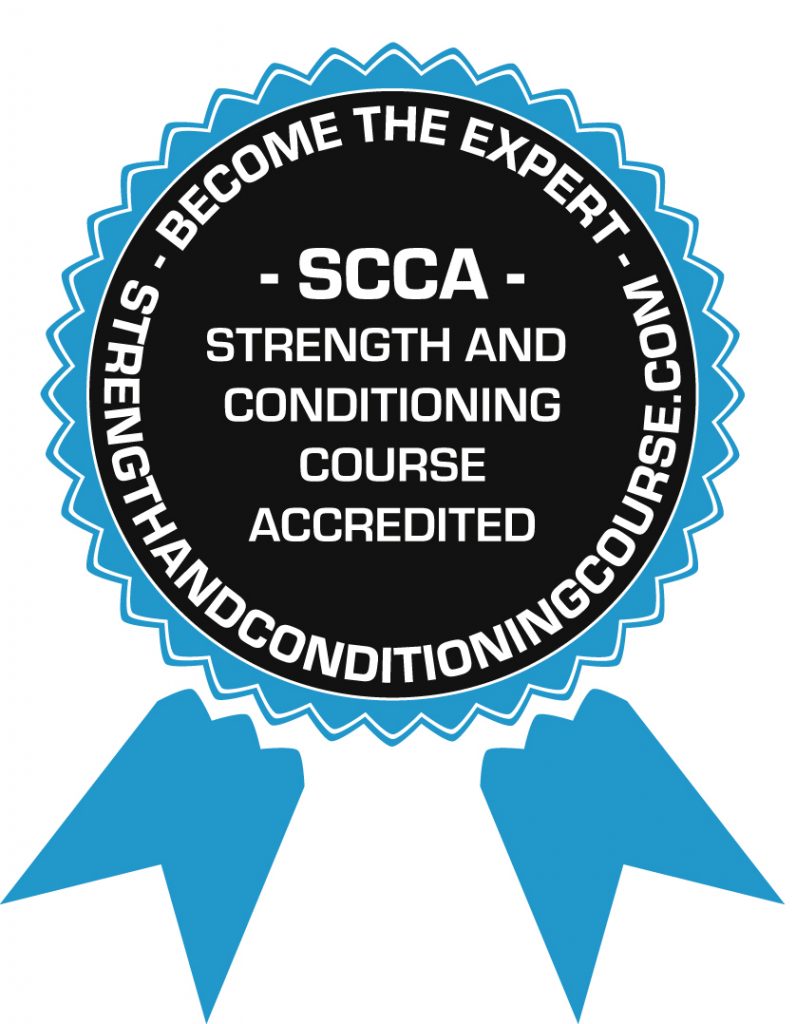
We created our Movement Mastery Trilogy as a foundation series to ensure students have the fundamental understanding of functional anatomy to underpin the BIG 8. However, our Programming & Periodization course is the first big step to elite level coaching and performance.
A WORD FROM THE AUTHOR
Hey, thanks for reading my article, I hope you found it useful.
If you are interested in our Programming & Periodization course, click this link: https://strength-and-conditioning-course.teachable.com/p/programming-periodization-big8-no1-members
If you haven’t already, you can also grab a FREE copy of our unique muscle manual – just click the banner below.
Coach Curtis

